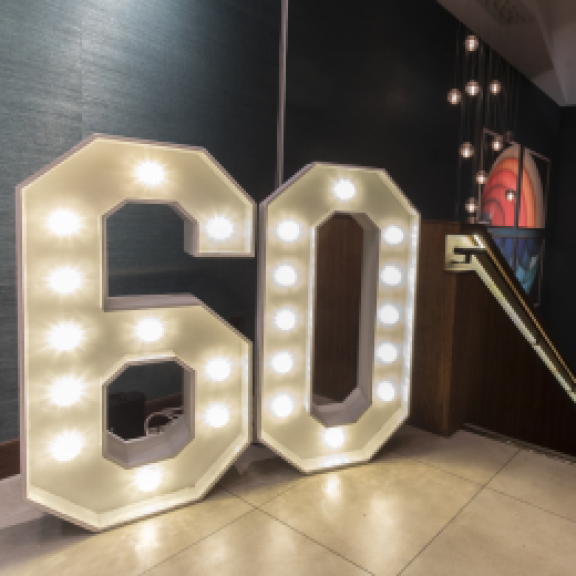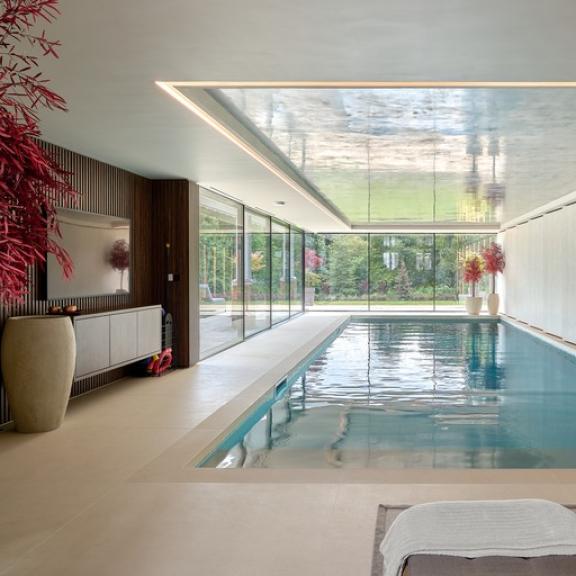Designers discuss fee structure in the big debate

The BIID’s recent debate on ’Fees and Getting Paid’ was a huge hit as over 100 interior designers gathered together for a sold-out event, chaired by BIID Vice-President Dan Hopwood. The panel also included BIID Past President Lori Pinkerton-Rolet of Park Grove Design, Staffan Tollgard of Staffan Tollgard Design Group, and Colin Jones of Hewitsons.
One of
the biggest issues of the evening was what charging method to use, with
designers present using hourly, fixed or percentage fees, or a combination of
the three. The value of the design
process itself was discussed, and the question of whether designers,
particularly newcomers, tend to undervalue themselves in terms of fees was
raised. There was broad agreement on the importance of designers charging for
their professional services, although it was highlighted that some designers do
not feel that their clients will pay design fees and therefore they work purely
on a percentage ‘mark up’ basis charged on the supply of furniture and
fixtures.
‘Getting
paid’ was also discussed at length, with several designers sharing their
learning experiences around getting paid for their work. The failure of a
client to pay for completed work can lead to the collapse of a business and the
panellists emphasised the importance of ensuring regular payments, especially
when it comes to payment for goods. The problem of ‘buyers’ regret ‘was touched
upon, which can be particularly difficult where bespoke items, are concerned.
A designer working in the hotel industry raised concerns about the design
tendering process which involves practices having to spend many hours creating
pitches for no payment. This did not seem to be as much of an issue in the
residential sector where most designers charge for a design proposal.
There was broad consensus over the importance of good communication with your client as this ensures that clients understand your design fee and everything that goes in to it. Better communication can help to develop a stronger relationship between designer and client.
In addition to the fantastic contributions of our panellists, the designers in attendance were extremely responsive and open about their own experiences. At the end of the evening the discussions continued amongst members well past closing time, and we hope to continue to enable this debate to develop at future events.
Explore new resources from the BIID. Seeing a padlock? Just login or become a member to view.
View the highlights from our 60th anniversary party
We asked Anna Burles: What makes the perfect software?
Discover the smart home technology awards with Platinum Partner, CEDIA
Explore the latest, member-exclusive, templates designed to make your life easier.
University of Gloucestershire wins the BIID Student Design Challenge 2025.





